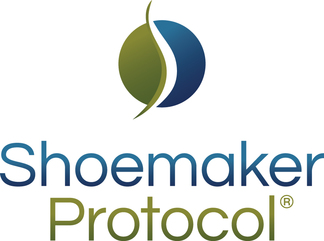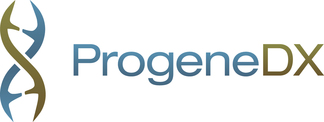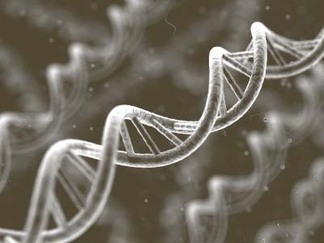Lyme_Chemokines_Arthritis_CNS_01_19_14
- Ritzman A, Hughes-Hank J, Blaho V, Was L, Mitchell W, Brown C. The chemokines receptor CSCR2 Ligand KC (CXCL1) mediates neutrophil recruitment and is critical for development of experimental Lyme arthritis and carditis. Infection and Immunity 2010; 78: 4593-4600.
- Shin J, Strle K, Glickstein L, Luster A, Steere A. Borrelia burgdorferi stimulation of chemokines secretion by cells of monocyte lineage in patients with Lyme arthritis. Arthritis Research and Therapy 2010; 12: R168.
- Fallon B, Levin E, Schweitzer P, Hardesty D. Inflammation and central nervous system Lyme disease. Neurobiol Dis 2009; doi.10,1016/j.nbd.2009,11.016.
- Senel M, Rupprecht T, Tumani H, Pfister H, Ludolph A, Brettschneider J. The chemokines CXCL13 in acute neuroborreliosis. J Neurol Neurosurg Psychiatry 2009; (Epub ahead of print). PubMed ID 19965843
- Barthold S, Hodzic E, Imai D, Feng S, Yang X, Luft B. Ineffectiveness of tigecycline against persistent Borrelia burgdorferi. Antimicrob Agents Chemother 2009; (Epub ahead of print), PubMed ID19995919.
- Schmidt C, Plate A, Angele B, Pfister W, Wick M, Koedel U, Rupprecht T. A prospective study on the role of CXCL13 in Lyme neuroborreliosis. Neurology 2011; 76: 1051-1058.
- Berghold W, Loffler S, Zenz W, Daghofer E, Krainberger I, Kleinert G, Aberer E. CXCL13 chemokine in pediatric and adult neuroborreliosis. Acta Neurol Scand 2010; doi: 10.1111/j.1600-0404.
- Mullegger R, Means T, Shin J, Lee M, Jones K, Glickstein L, Luster A, Steere A. Chemokine signatures in the skin disorder of Lyme Borreliosis in Europe: Predominance of CXCL9 and CXCL10 in erythema migrans and acrodermatitis and CXCL13 in lymphocytoma. Infection and Immunity 2007; 75: 4621-4628.
Featured Resources
Shoemaker Protocol™ Quick Start:
The 3 initial steps to determine if mold is affecting you One of the most common questions we hear is, “how do I know if I have mold illness?” Rest assured, if you’re asking this question, you’ve come to the right place.
Lyme Biomarkers Publication Now Available!
Illnesses characterized by chronic fatigue are often defined by symptoms and not by objective biomarkers that support both diagnosis and treatment. Without readily obtained biomarkers, clinical management can be compromised by lack of certainty. This uncert...
Progene DX- Pathway to Certainty Part 1
What you need to know about transcriptomics: Learning a new genomics language; learning new insights on disease
MRA Genomics November 25, 2016
ABSTRACT: Exposure to the microbial growth in Water Damaged Buildings (WDB) can result in a chronic, multi-symptom, multisystem illness, which can last years, termed Chronic Inflammatory Response Syndrome (CIRS). Symptoms of CIRS include but are not limited...
Indoor Environmental Professionals Panel of Surviving Mold CONSENSUS STATEMENT
Medically sound investigation and remediation of water-damaged Buildings in cases of CIRS-WDB Larry Schwartz CIEC, BSME, MBA, Greg Weatherman CMC, Michael Schrantz CIEC, CMI, BPI-BA/EP, Will Spates CIAQP, CIEC, Jeff Charlton, ACIEC, AACIEH, Keith Berndtson...
Related Resources
- CIRS House Hunting Guide
- Certified Practitioner Paula Vetter Presents: "Mold Illness: Surviving and Thriving - A Recovery Manual for Patients and Families Impacted by CIRS"
- 06172014 Structural Brain Abnormalities in Patients with Inflamatory Illness acquired Following Exposure to Water Damaged Buildings A Volumetric MRI Study Using Neuroquant
- 02272013 VIP Corrects CIRS Acquired Following Exposure to Water-Damaged Buildings
- 08152015 Transcriptomic Signatures in Whole Blood of Patients Who Acquire CIRS Following an Exposure to the Marine Toxin Ciguatoxin.
- FAQ Video #4: Exercises and Capillary Hypoperfusion
- 2013 Healthy Home Clinic
- Dr. Mercola Interviews Dr. Shoemaker
- TREG Lyme Arthritis
- Lyme_HLA_Genetic Susceptibility




.jpg)